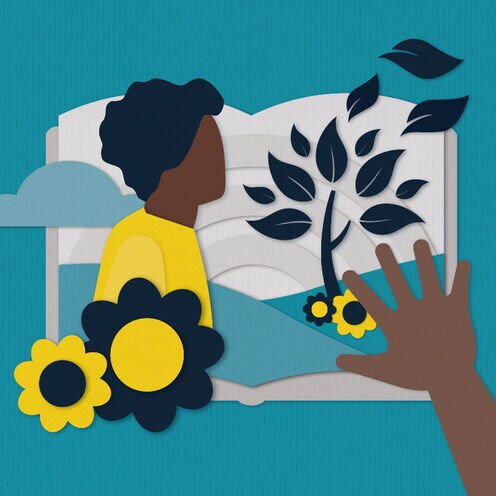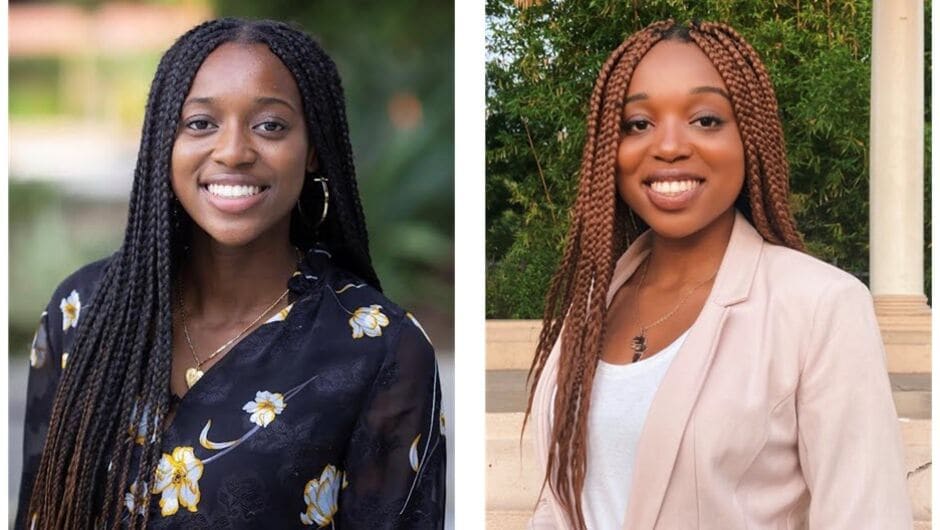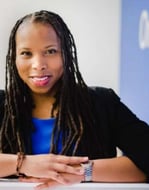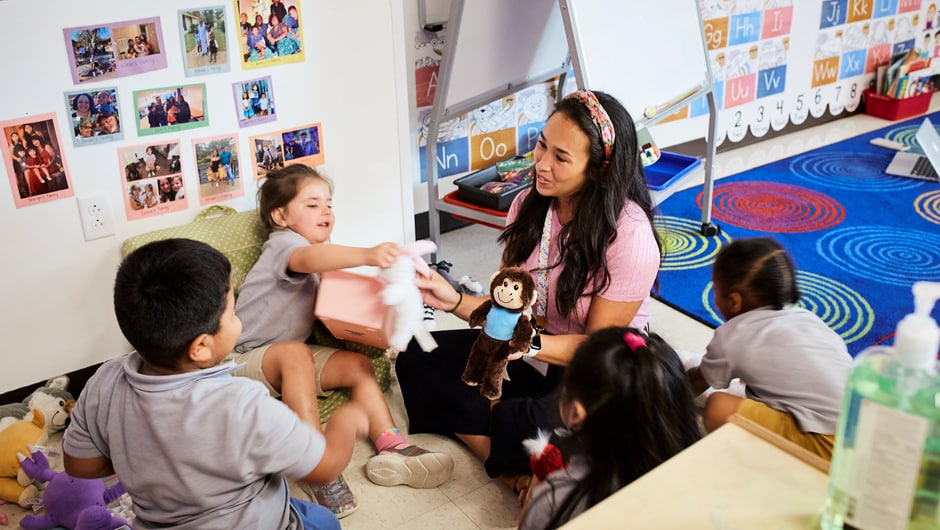
New Narratives Are Necessary for True Diversity in Children’s Books
Two sisters who advocate for diversity in books explain how important it is for Black children to experience stories that are inspiring and fun–and not tied to race.
Imagine you’re in kindergarten again and are facing the daunting task of finding the perfect picture book during your class trip to the library. You search seemingly endless shelves of books decorated with unicorns, dragons, and dinosaurs before you spot a child on a cover. Then another. And another.
As your eyes scan the countless book covers, you realize none of the children on them look like you.
Years pass, and while you have continually tried to find pieces of yourself within the storylines of white characters, you still yearn to find a book that truly represents you. But each time you venture to the library and browse the book covers, you continue to be met with the same realization: none of the children look like you.
For us, that pattern was finally broken when we were in the first grade and fourth grade and came across Meet Addy: An American Girl. Eager to learn more about the Black girl on the cover, we flipped to the description on the back. A wave of disappointment hit when one word caught our eyes: slave.
This was our reality—one many Black children share—when it came to finding books that center Black characters. It was hard enough to find an interesting novel with a Black protagonist, but it became even more difficult to escape negative narratives.
Books about Black people often fall under three categories: slavery, the civil rights movement, and “gritty, contemporary” stories about children growing up in struggling families or teens dealing with violence, says Kathleen T. Horning, director of the Cooperative Children’s Book Center at the University of Wisconsin-Madison. As elementary schoolers, reading those types of stories made us question whether they were the only Black narratives worth sharing. We longed to connect with a larger catalog of Black characters.

What about Black adventurers, artists, or detectives? Why can’t books with Black protagonists feature the diverse storylines that books with white protagonists include? Although the number of Black book characters has increased over the years, only 12% of the books published in the U.S. in 2019 were about Black or African primary characters, subjects or settings, according to the Cooperative Children’s Book Center.
Such limited options offer a narrow point of view that deeply impact Black readers. When reciting the popular motto “representation matters,” we often fail to consider what comprehensive representation looks like and its positive effects on readers. The many children's books that address slavery or racism are technically representation; however, they convey an underlying message that Black stories can only be reduced to these themes and no others. They fuel the narrative that Black people are defined by their struggles and that our triumphs, zeal, and quirks are not worth reading about.
When those narratives are written from perspectives that lack cultural authenticity, they contribute to stereotypes and harmful perceptions of Black people. As young Black women who deal with race-related issues quite often, we understand the necessity for creating books with Black struggles at the forefront. These stories showcase our collective ability to overcome hardship, and they have the potential to empower youth through a greater understanding of America’s roots. However, there is a correlation between positive representation and high self-esteem, which underscores the importance of providing Black children with a broader selection of titles that help them find empowerment in aspects of life beyond hardship.
“Black boys and girls are superheroes, explorers, and astronauts—everything our white peers have gotten to be.”
To truly diversify children’s books, we must also consider that the stories we present don’t always have to acknowledge race. Black boys and girls are superheroes, explorers, and astronauts—everything our white peers have gotten to be.
Labeling our characters as Black superheroes, Black explorers, or Black astronauts when the race of the protagonist isn’t integral to the overall storyline creates the impression that these depictions of Black people are anomalies. In the same way that a white protagonist’s race is not highlighted in front of their role, Black protagonists also don’t need it—we can just be superheroes, explorers, and astronauts.
Recognizing the need for books in which Black characters can be more than just their race, our initiative, Black in PUSD (Poway Unified School District in San Diego, California), worked to drive change. We hosted a virtual fundraiser registered under the Presidential Inaugural Committee’s National Day of Service to supply diverse children’s books in our district’s elementary and middle school libraries in 2021. Thanks to these efforts, we were able to donate 590 books and were overjoyed to see children’s smiles as they found themselves on every page.
Get more articles like this delivered to your inbox.
The monthly ‘One Day Today’ newsletter features our top stories, delivered straight to your in-box.
Content is loading...
While we were able to empower Black youth through the hundreds of stories we donated, all it takes is one book. One book during circle time starring a coily-haired, bright-eyed Black girl as she solves neighborhood mysteries or an imaginative Black boy who dreams of becoming a poet—these are the narratives that inspire Black children and cultivate positive self-image.
The stories we present to our youth are important, making the difference between low self-esteem and confidence. Let’s share these stories of greatness with children today, so that tomorrow they can write their own.
Ethnic Studies Champions
In addition to their work to diversify school library books, Ekene and Nene Okolo have also led efforts to diversify curricula. As with books, curricula and lessons often center European and white stories and perspectives. To address that, the sisters advocated for ethnic studies courses now offered in their district. They made this video to clarify the goals of ethnic studies and ethnic literature while addressing criticisms that these courses have received.
We want to hear your opinions! To submit an idea for an Opinion piece or offer feedback on this story, visit our Suggestion Box.
The opinions expressed in this piece, and all others in our Opinion section, represent those of the authors and do not necessarily reflect the views and opinions of the Teach For America organization.










